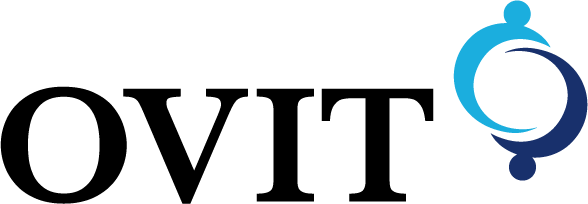mission
In the course of preparing for this seminar, I finally found the answer to where I should turn.
To "build optimal quality that is globally compatible."
1) Realize "if you can see it, you can detect it" with simple operations.
2) Quantify the sense of visual inspection and control excessive quality.
3) Aim to achieve a cost of less than 2 million yen and 1 million yen.
Until now, there have inevitably been "hard-to-see" or "invisible" items, and we thought it would be difficult to go beyond visual inspection. Therefore, there was a conflict of "Is it really safe to sell?
But
the fact that most of the users who introduced the system had zero complaints.
And the fact that they begin to try to loosen the detection capability
and...
In fact, we thought that there is no need to be concerned about "hard-to-see" or "invisible" things.
Rather, by automating the process...
No more missing out on the most ridiculous defects.
... you will be able to control excessive quality.
Beyond that, there is no "visual inspection-less" system.
The benefit of "no visual inspection" is far greater than the benefit of "no defects.
Optimal quality = "no complaints," "control of excessive quality," and "cost reduction" cannot be achieved without automation.
In order to achieve optimal quality that can compete globally, automation is necessary.
Until now, we have been "stepping on the brake while stepping on the gas pedal.
We will no longer step on the brake.

